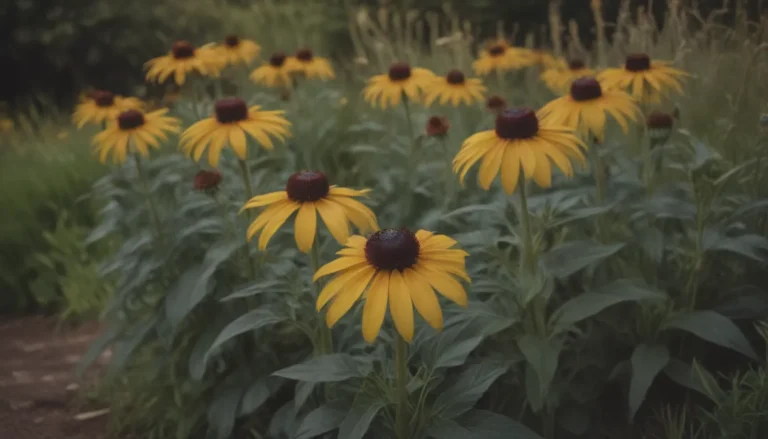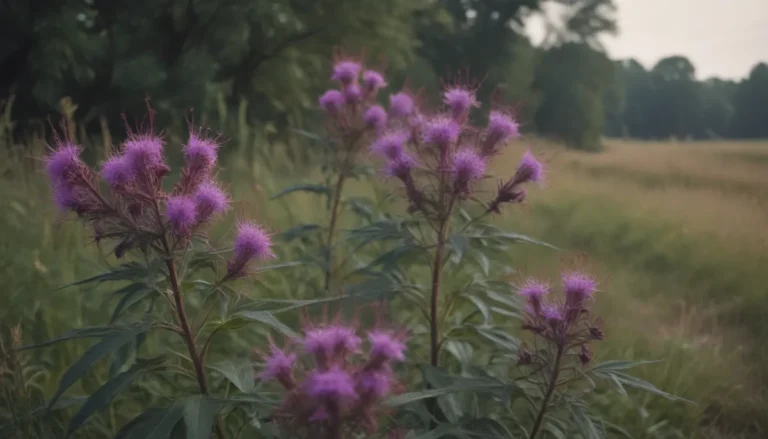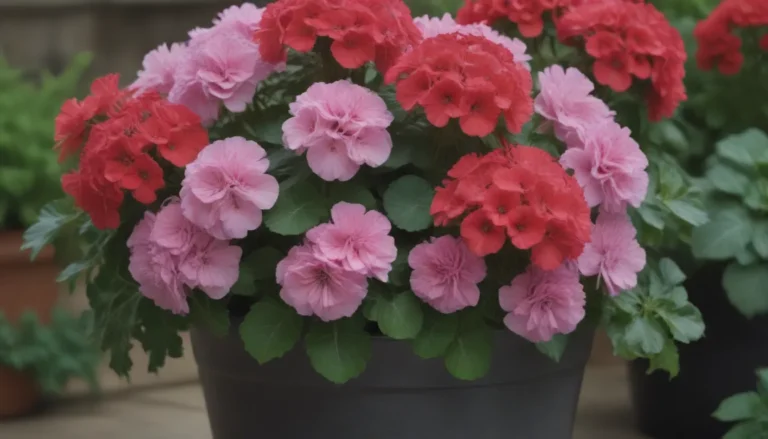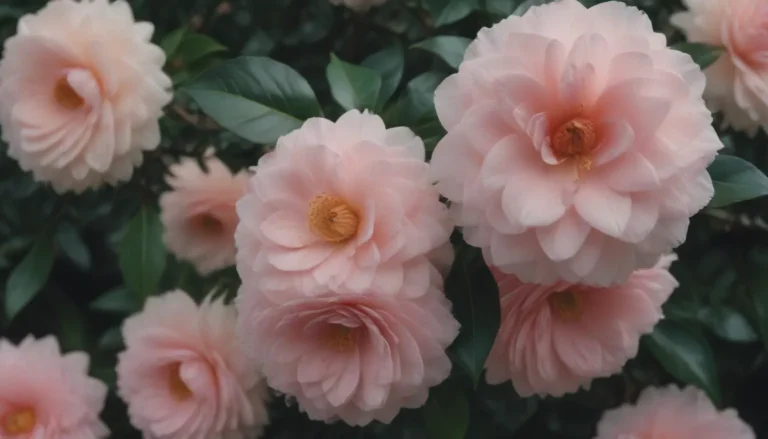The Fascinating World of Wild Ginger Plants

Welcome to the wonderful world of wild ginger plants! If you’re looking to add a unique and beautiful plant to your garden, you’re in the right place. In this comprehensive guide, we’ll explore everything you need to know about growing and caring for wild ginger plants, including valuable tips and tricks to help you succeed.
Unveiling the Mystery of Wild Ginger
Let’s start by unraveling the mystery surrounding wild ginger. The scientific name for wild ginger is Asarum canadense, and it can be found growing in various regions, including the eastern United States, southeastern Canada, and parts of Asia. Despite its name, wild ginger is not related to culinary ginger (Zingiber officinale). This plant may not catch your eye at first glance, as its flowers are hidden beneath the leaves at the base of the plant.
The unique growth structure of wild ginger is believed to have evolved to attract early spring insects for food and pollination. The brownish-mauve flowers feature a distinctive bell shape with three small tips that flare out from its edges. The kidney-shaped leaves resemble violets but stand more upright and are larger in size.
In addition to Asarum canadense, there is also a European variety known as Asarum europaeum, which is commonly grown in gardens in the United States. These plants have a rich history of being used for food and medicinal purposes by Native Americans and early settlers. With antibiotic compounds, wild ginger is also utilized for topical treatments like poultices for wounds.
Growing Wild Ginger: A Step-by-Step Guide
Getting Started:
- Botanical Name: Asarum canadense
- Common Name: Wild Ginger
- Plant Type: Perennial
- Mature Size: Varies
- Sun Exposure: Full to partial shade
- Soil Type: Rich, moist, slightly-acidic soil
- Soil pH: Preferably acidic
- Bloom Time: Spring
- Flower Color: Brownish-mauve
- Hardiness Zones: 4-7
- Native Areas: Eastern United States, Southeastern Canada, Asia
When it comes to growing wild ginger, they thrive best as a shady ground cover in woodland settings. These plants tend to form dense colonies in the understory of forests, making it ideal to transplant them from existing colonies. They do not propagate well from seeds, so rhizome transplants are the way to go. Dig up some rhizomes in early spring as new growth emerges.
Care and Maintenance:
- Light: Wild ginger prefers full to partial shade and can get sunburned in direct sunlight.
- Soil: Opt for rich, moist, and slightly-acidic soil with plenty of organic matter.
- Water: Wild ginger typically does not require extra watering if grown in suitable soil conditions.
- Temperature and Humidity: Hardy up to Zone 4, wild ginger can withstand cold winter temperatures and moderate humidity.
Dealing with Pests:
Due to its affinity for moist areas, wild ginger may attract snails and slugs that munch on its leaves. Combat these pests by keeping the area around the plant clean and dry. Use diatomaceous earth, beer traps, or salt traps to deter slugs and snails safely.
Incorporating wild ginger into your garden can add a touch of nature’s beauty while providing a habitat for unique insects like the Pipevine Swallowtail Butterfly. Remember to respect the protected status of wild ginger in certain regions where it is endangered, such as the state of Maine.
Embrace the Beauty of Wild Ginger
In conclusion, wild ginger plants are a fascinating addition to any garden, offering beauty, history, and ecological benefits. By following our expert tips on growing and caring for wild ginger, you can successfully incorporate these unique plants into your outdoor space.
So, why not embark on a botanical adventure and introduce the enchanting world of wild ginger into your garden today? Happy gardening!





